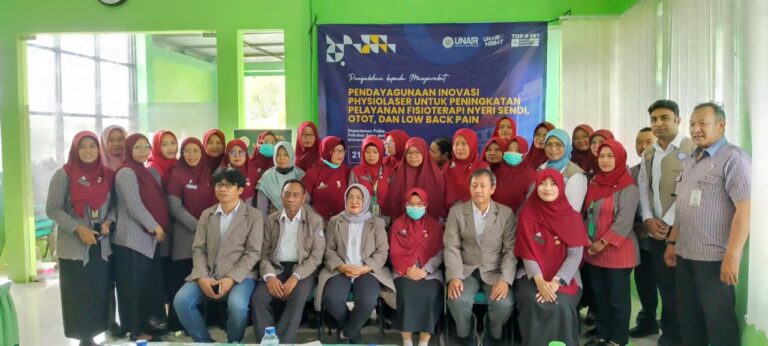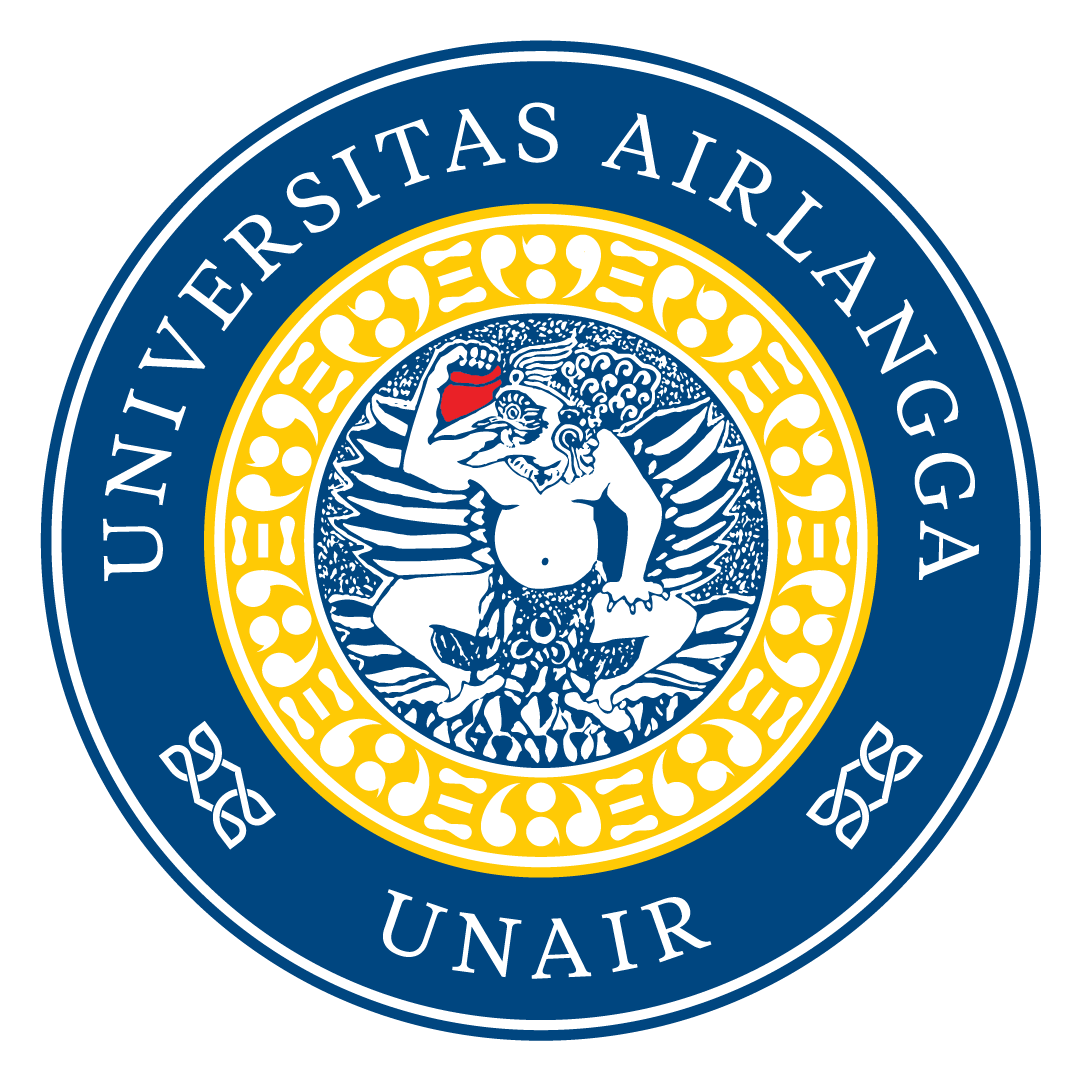
Klaten, August 21, 2025 – Airlangga University (UNAIR) reaffirms its role in community service by introducing innovations that support the improvement of health services. Through Community Service (PKM) activities, the UNAIR Physics Department team presented technology-based solutions at the Polanharjo Community Health Center in Klaten, Central Java, specifically for treating pain complaints commonly experienced by the community.
An Innovative Approach to Pain Management
Pain in the joints, muscles, and lower back (low back pain/LBP) is a common health problem, especially among adults and the elderly. This condition often reduces quality of life, interferes with activities, and limits daily productivity.
To address this challenge, the UNAIR PKM team, led by Prof. Dr. Suryani Dyah Astuti, M.Si., introduced Physiolaser, a photonic technology-based therapy device. This device works with low-intensity laser light that can stimulate body tissues, reduce inflammation, improve blood circulation, and accelerate the recovery process. This method is considered safer and more effective than most conventional therapies.
Training for Health Workers
In addition to introducing the technology, during the event held on August 21, 2025, the UNAIR team also provided intensive training to health workers at the Polanharjo Community Health Center. The training focused on the proper use of Physiolaser so that it can be applied safely and provide optimal results for patients.
“This program is a concrete manifestation of the Tri Dharma of Higher Education, particularly community service. Faculty members have a responsibility to contribute directly to the community,” explained Prof. Suryani.
Through this training process, healthcare workers gained a deeper understanding of how to use laser technology to treat pain. Evaluation results showed that participants felt more confident using the Physiolaser device, indicating an improvement in their skills and readiness in daily practice.
With this activity, UNAIR not only introduced cutting-edge medical technology but also strengthened healthcare capacity at the community level, while providing tangible benefits that patients can directly feel.

